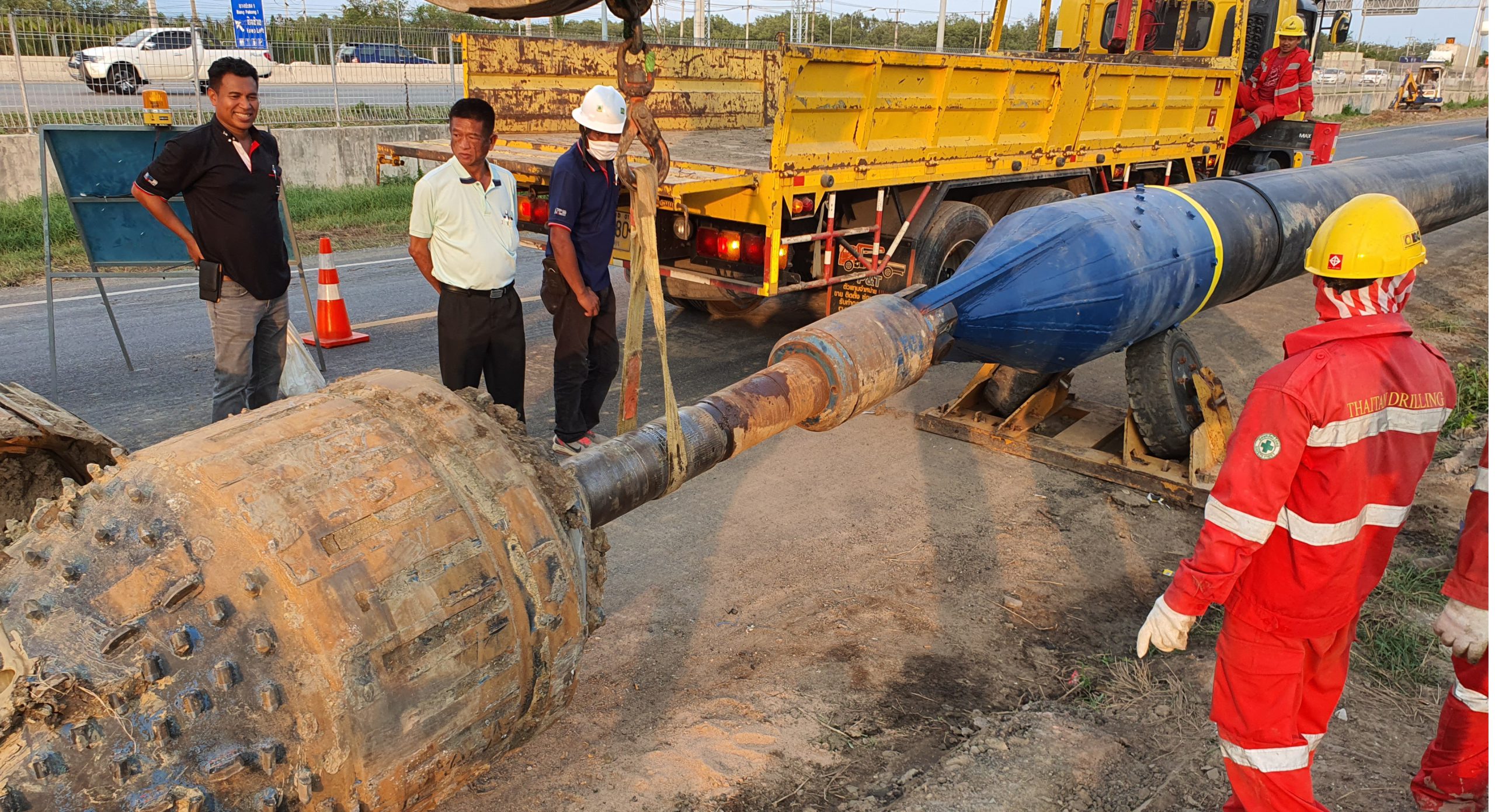During a time in which productivity and accuracy are critical, directional drilling stands out as an innovative method in multiple sectors, such as oil and gas, utilities, and renewable resources. This advanced drilling method allows operators to move through underground with remarkable accuracy, minimizing surface disruption while maximizing resource extraction and installation efficiency. For you can try here with the concept, understanding what directional drilling involves is crucial, as it represents a significant advancement from traditional drilling practices.
This technology has progressed a long way, evolving from basic vertical techniques to sophisticated methods that allow for horizontal drilling and intricate bore paths. By comprehending the differences between vertical and horizontal drilling, as well as the different forms of directional drilling, one can appreciate the benefits it provides. The ability to drill at multiple angles creates new opportunities for reaching resources that were previously challenging or hard to access, highlighting its crucial role not just in energy sectors but also in city infrastructure and environmental sustainability.
Introduction of Slope Boring

Directional drilling is a advanced drilling technique that allows for precise control over the tilt and orientation of boreholes. In contrast to traditional vertical drilling, which only allows for a straight path vertically, directional drilling enables engineers and drilling professionals to reach targeted reservoirs or installations from a distance. This capability is particularly valuable in complex geological formations or when working in urban environments where surface disruption must be reduced.
One of the key advancements in horizontal drilling technology is the use of cutting-edge sensors and tracking systems that provide real-time feedback on the drill's position and orientation. This technology improves the accuracy of drilling operations, minimizing the risk of deviation from the intended path. As a result, horizontal drilling plays a crucial role in various industries, including oil and gas, utilities, and renewable energy, allowing the efficient extraction or installation of resources while maintaining environmental considerations.
The advancement of directional drilling has seen an increase in the application of horizontal drilling techniques, which have opened up new possibilities for resource extraction. This method allows operators to reach deposits that were previously inaccessible, thus maximizing resource potential. Furthermore, by limiting the surface impacts and enabling multi-directional well designs, directional drilling is creating opportunities for a more eco-friendly approach to infrastructure development and resource management.
Benefits and Advantages
Directional drilling offers notable advantages over conventional drilling methods, especially its capability to minimize land disturbance. This is especially important in areas where land use is strictly controlled or fragile environments exist. By permitting various drilling locations to be reached from a single entry point, directional drilling substantially reduces the amount of land that must be cleared. As a consequence, this method preserves precious topsoil and habitat, resulting in a more sustainable method to resource extraction and installing utilities.
Another advantage of directional drilling is its efficiency in both time and cost savings. Because this method can navigate around obstacles and reach various targets without the need for extensive surface disruption, projects can be finished faster. This time efficiency translates to lower labor costs and less equipment rental time, which ultimately benefiting the overall project budget. Moreover, less resources are spent on restoring the land after drilling, which can commonly be a substantial expense in conventional drilling projects.
Finally, the technical advancements associated with directional drilling enhance its increasing advantages. With the integration of advanced monitoring systems and drilling fluids, operators can achieve greater accuracy and efficiency in their drilling trajectories. This improved precision not just reduces the risk of costly mistakes but also ensures that drilling projects are finished to specifications the initial attempt. By utilizing the latest technology, directional drilling continues to be at the forefront of environmentally responsible and economically viable resource management.
Emerging Developments in Directional Drilling
The prospects of horizontal drilling is set for significant advancements driven by new technologies. Advancements in AI and automation are transforming traditional drilling practices, enabling enhanced accuracy and efficiency. With the integration of ML algorithms, drilling operations can now improve live decision-making, reduce downtime, and reduce the risk of costly mistakes. These advancements are not only improving operational performance but also paving the way for safer and more reliable drilling processes.
In furthermore to artificial intelligence, the increasing reliance on advanced software and sensor technologies is redefining how directional drilling operations are supervised. Enhanced bore tracking and monitoring systems provide operators with precise data on drilling trajectories, allowing for more effective planning and implementation. This immediate information ensures that drilling routes are ideally aligned with operational goals, especially in challenging environments or when working close to critical locations. As these technologies continue to evolve, they will even more streamline the drilling process and enhance overall project outcomes.
Additionally, the shift towards sustainable infrastructure demands that directional drilling increasingly supports environmentally friendly practices. As sectors focus on minimizing their ecological impact, the ability to drill with minimal surface interference and reduced waste will become a critical factor. Directional drilling's benefits in navigating sensitive locations and reducing the impact on the environment will enhance its attractiveness in various sectors, including clean energy and urban utility deployments. This emphasis on sustainability will drive innovation and funding in the directional drilling sector as it adjusts to meet the challenges of the coming years.
